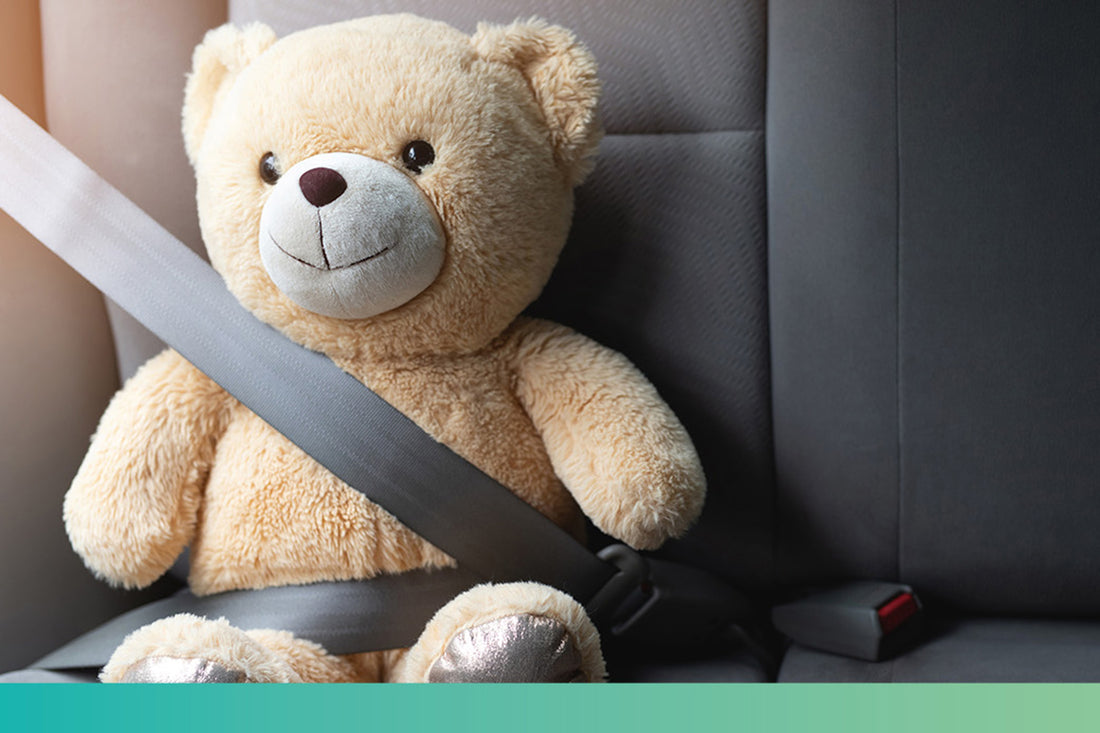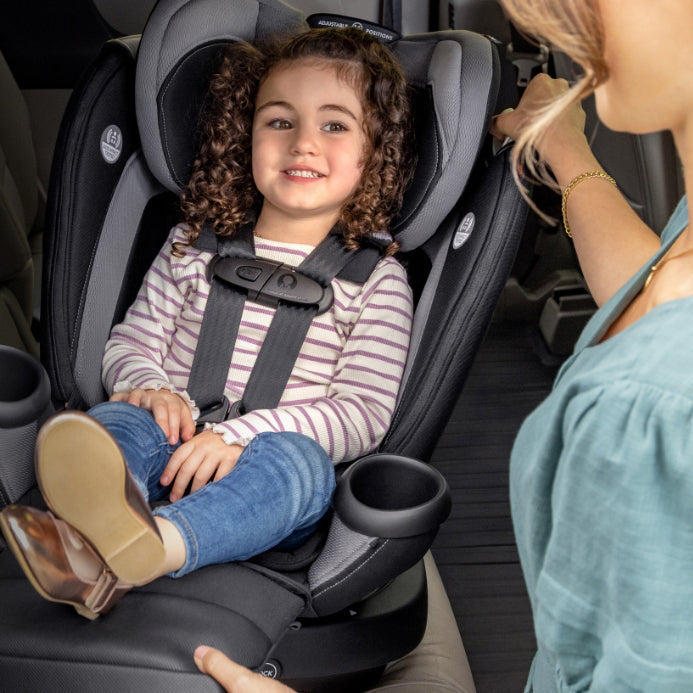
‘Never Say Never’: Be the change and choose precautions against Pediatric Vehicular Heatstroke
Every July, the child passenger safety community rallies together to raise awareness of the risk of unintentionally leaving a child in a vehicle, especially as summertime temperatures rise. Many of us go out into our communities and try to change the minds of those who say: “I would never forget a child in a vehicle.” Additionally, we challenge people with education on the imperfect nature of human memory. Acknowledging that it could happen to anyone is not going to give you demerits on your parenting report card — in fact, it’s quite the opposite. Looking past our feelings on the topic and choosing to ‘never say never,’ may make your child that much safer against a realistic risk.
We hear from the families who have been impacted by these tragedies under a wide variety of circumstances: teachers, dentists, social workers and law enforcement officers from all backgrounds and socioeconomic status. Many times, there has been a change in a daily routine such as becoming responsible for daycare drop off on the way to work. Our brains recognize a pattern and switch to autopilot with a sleeping baby still in the back seat. Unless there is an external cue, our brain continues on autopilot all the way to work. Sleep deprivation, distraction and stress can also contribute to the chance of memory failure.
If you’re reading this, you probably fall into the vast majority of people who firmly believe they would NEVER unintentionally leave a child behind in a vehicle. So, let’s think about this differently:
In our lives, we take precautions against all kinds of things that may never happen to us. For the safety and well-being of our child, we use vaccines, babyproofing, change out our cleaning products, location tracking, install alarms and teach stranger danger. We accept that none of these precautions are a reflection of how we feel about our competency as a parent. We take pride in the measures we take and the effort we put into learning about making the world safer for our children. Why wouldn’t we choose a precaution, such as a child-in-vehicle reminder, and add that layer of protection for our child?
Learn more ways to put reminders in place to help ensure a child is not left behind in a vehicle.
SensorSafe Car Seat Technology Provides Peace of Mind
Evenflo’s SensorSafe technology is one such precautionary choice. It uses Bluetooth signal strength to alert you (and designated family members) that your child may still be buckled in their SensorSafe car seat in your vehicle if the Bluetooth signal becomes weak or is lost:
- A real-time alert is sent to the caregiver reminding them to return to the vehicle
- 2 minutes later another alert is sent to the caregiver warning them that if they do not return to the vehicle, family members will be notified
- After a total of 3 minutes, an alert is sent to family members with the last known location of the child buckled inside the vehicle along with the child’s name, car seat and a vehicle identifier.
In addition to its child-in-car alerts, SensorSafe offers 3 other safety alerts:
- Monitors the temperature inside the vehicle and will send alerts if the temperature rises above 95° F or below 45° F
- Alerts if the child ever becomes unbuckled for any reason
- Alerts if the child has been seated for over 2 hours, reminding you it’s time to take a break to move and stretch
Education is the first step towards creating a safer environment for your little ones. We hope you’ll join us in an effort to raise awareness about Pediatric Vehicular Heatstroke. If you’d like to learn more about SensorSafe, visit our website.
YOU MIGHT ALSO LIKE:
